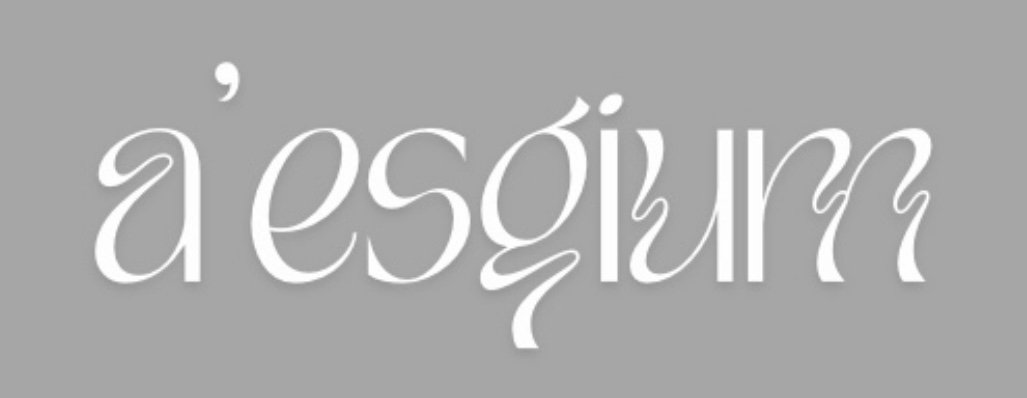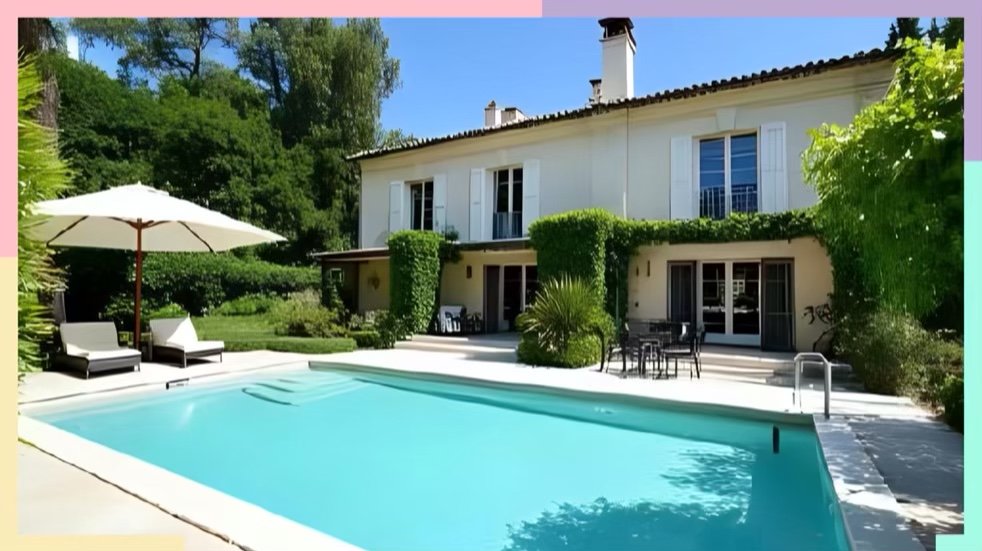France real estate trends indicate a remarkable surge in private swimming pools, with 3.6 million now estimated nationwide. This growing trend reflects a shift in lifestyle preferences among homebuyers, emphasizing the importance of outdoor amenities in residential properties. Discover how this phenomenon is transforming the France’s real estate market.
In recent years, private swimming pools have surged in popularity across France, reflecting a significant shift in lifestyle and leisure preferences among the French population. With an estimated 3.6 million private pools now dotting the landscape, this trend is reshaping the real estate market and influencing property values. Here, we explore five key statistics that highlight the remarkable growth and changing dynamics of private swimming pools in France.
1. One Pool for Every 20 People
The proliferation of private swimming pools in France is striking, with one pool for every 20 inhabitants in the country, according to the Fédération des professionnels de la piscine et du spa (FPP). This marks a dramatic increase from just 685,000 pools 25 years ago, which equated to one pool for every 80 inhabitants. Looking back even further, the landscape was vastly different; approximately 60 years ago, there were only about 1,500 private pools in existence. This exponential growth underscores the increasing desirability of private pools as a feature in residential properties.
2. France Leads in In-Ground Pools in Europe
France holds the title for the highest number of in-ground pools in Europe, boasting approximately 1.73 million such installations. This figure surpasses that of Spain, which has 1.3 million, Germany with 770,000, and Italy at 700,000. However, when viewed on a global scale, France still lags behind the United States, which leads with 8.5 million pools, and Brazil, which has 3.4 million. Interestingly, the trend in France is shifting; while in the 1990s, around 90% of pools were in-ground, this number has now dropped to 48%, with 52% of pools being above-ground.
3. Regional Variations: Pools More Common in the South
As expected, the prevalence of private swimming pools varies significantly across different regions of France. The southern regions, particularly Provence-Alpes-Côte d’Azur and Corsica, exhibit the highest percentages of private homes with pools, with 37.2% of residences featuring a garden pool. Other regions, such as Occitanie and Nouvelle-Aquitaine, follow closely with 31.5% and 23.8%, respectively. In contrast, northern regions like Brittany and Hauts-de-France show much lower rates, with only 7.1% and 7.3% of homes having pools. Notably, the Grand Est region stands out, with 17.1% of homes equipped with a pool, despite its northeastern location.
4. A More Democratic Pool Ownership Landscape
The ownership of private swimming pools in France is becoming increasingly democratized. Currently, 44% of pool owners are working employees, manual workers, or farmers, indicating that pools are no longer solely the domain of the affluent. Additionally, 28% of pools are owned by retirees and executives. However, it is worth noting that more expensive in-ground pools tend to be owned by executives (47%) compared to retirees (30%) and workers or farmers (23%). This shift in ownership demographics reflects broader societal changes and the growing accessibility of pool ownership.
5. The Trend Towards Smaller Pools
Another notable trend in the French swimming pool market is the decreasing average size of pools. The average pool size has shrunk from 42 m² before 1991 to just 29 m² today. This reduction in size can be attributed to several factors, including the rising costs of land and the preferences of lower-income households. Approximately 60% of outdoor pools are now built on plots of less than 1,200 m². Smaller pools are particularly appealing as they do not require a building permit or a declaration of works, thus avoiding the associated development tax. This trend aligns with a growing preference for “city” swimming pools, which serve as a means for relaxation and leisure rather than competitive swimming.
6. Maintenance Remains a Priority
Despite the financial implications of pool ownership, French homeowners are increasingly investing in maintenance tools to ensure their pools remain clean and functional. As of 2022, 81% of pool owners reported using a cleaning robot, a significant increase from 54% in 2006. Additionally, the installation of heating systems or heat pumps has risen by 25% over the past 16 years, allowing homeowners to extend their swimming season beyond the peak summer months. The popularity of pool houses, which provide storage for maintenance equipment, has also grown, with a 24% increase in their prevalence over the same period.
A Transformative Trend in French Real Estate
The boom in private swimming pools across France represents a transformative trend in the real estate market, reflecting changing lifestyles and preferences among homeowners. With millions of pools now in existence, the implications for property values and regional dynamics are profound. As the landscape of pool ownership continues to evolve, it is clear that private swimming pools have become an integral part of the French residential experience, shaping not only leisure activities but also the broader real estate market. As this trend continues, it will be essential for stakeholders in the France real estate market to adapt to the changing demands and preferences of potential buyers.









